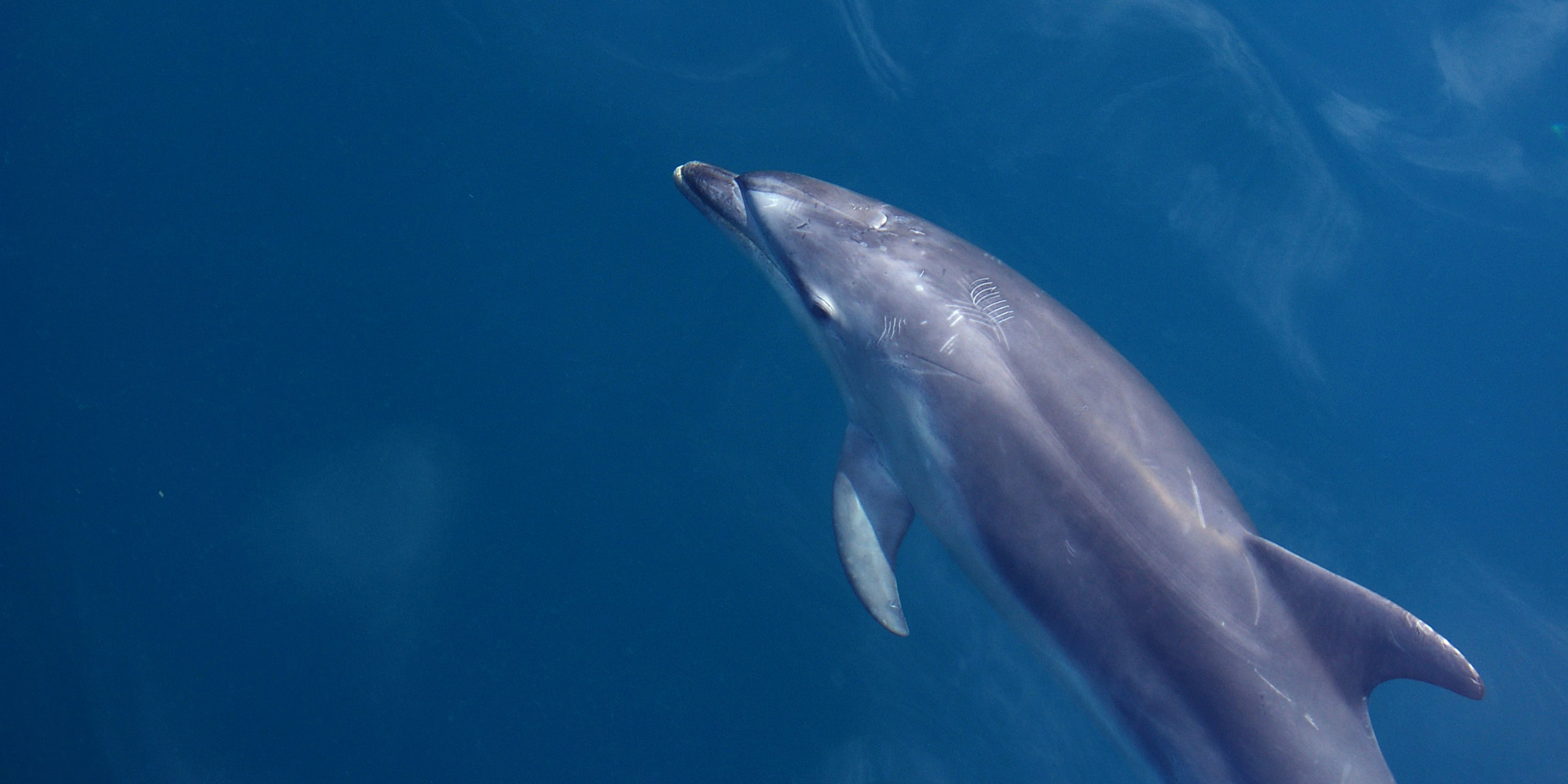Originally published 13 December 1999
Come with me to a zoo.
Not your usual zoo of animals in cages and corrals. This zoo is displayed on a fold-out chart in the 1999 annual genome issue of the journal Science.
Down the poster-sized page in parallel rows are gene maps of 20 mammals — human, chimpanzee, gibbon, lemur, cat, mink, panda, horse, pig, dolphin, cow, sheep, bat, rat, mouse, and others — color coded to show correspondences with human genes.
Genes are carried on tangled strands of DNA, called chromosomes. Humans have 23 pairs of chromosomes. The number of pairs in other mammals ranges from 3 for the muntjac, a small deer of southeast Asia, to 67 for the black rhinoceros. All mammals have between 70,000 and 100,000 genes, arranged in linear order along their chromosomes.
So far, only 6,000 human genes have names and known functions, but that will quickly change. Within a decade the human genome (complete gene set) will be as thoroughly annotated as the Bible, as will the genomes of some other mammals on the chart.
No one is sure exactly when or where, but about 165 million years ago, possibly in Asia, a small ratlike creature diverged from reptiles to start the mammalian line. Recently, paleontologists in northern China found a beautifully-preserved fossil skeleton of one of these earliest mammal ancestors.
For 100 million years mammals remained diminutive, scampering about under the feet of dinosaurs, perhaps living burrowing, nocturnal lives for safety, slowly evolving. Then 65 million years ago a 10-mile-wide asteroid slammed into the Earth, blasting a dust cloud into the atmosphere that blocked out the sun for months or years. Temperatures plummeted, photosynthesis ceased. Dinosaurs and many other species of plants and animals became extinct.
Some mammals survived, perhaps in deep burrows, and when the dust cleared they inherited an emptied world, and quickly evolved multiple forms to fill vacant ecological niches.
Since the calamity, tens of thousands of mammal species have evolved and become extinct. Today, there are approximately 4,700 species of mammals. Embedded in their genes is the story of their evolution — successful adaptations, blind alleys, changed environments, migrations. Old genes, new genes, modified genes, junk genes. A history and family tree of mammalian life.
We have known since Darwin that all creatures are related by common descent. For more than a century, biologists have constructed hypothetical family trees based on anatomical differences that are visible to the eye, perhaps aided by the microscope. Even a casual glance would suggest that humans are more closely related to chimpanzees than to cows. It is less obvious that dolphins are more closely related to chimps than to sharks.
Now, with the advent of gene analysis, we have a new way of discovering family relationships. Not by observing the animals themselves, but by looking at gene sequences arrayed along their chromosomes.
Imagine this experiment: Give the gene maps of the 20 mammals on the Science chart to a mathematician, without identifying the species, and ask, “Which species are most closely related?” The mathematician does a statistical analysis and comes up with a hypothetical family tree. Lo and behold, it is identical to the traditional tree based on anatomical likenesses.
For example, the genes tell us that a dolphin and a cow are more closely related than a chimp and a rat, and that a cat and a horse are more closely related than a human and a bat. Somewhere back about 15 million years ago the cow and the sheep shared a common ancestor. We must go back about 100 million years to find the common ancestor of human and bat. All of this from looking at a sequence of chemical units along the DNA, and making reasonable assumptions about mutation rates.
When a murder suspect is identified both by witness identification in a police lineup and by DNA analysis of a drop of blood, we can feel more confident about putting him away for life. The same is true for the evolution of life on Earth. When we read the same story writ large in the anatomy and writ small in the DNA, our confidence increases that the story is true.
There is another insight to be gained by our visit to the chromosome zoo. A traditional zoo reinforces our sense of separation from the animals; after all, they are in the cages, and we are outside. But with the chromosome zoo on the chart from Science, our affinity with other mammals is made apparent in the flowing scheme of colors — similar genes scattered across our chromosomes.
Genes on cat chromosome A1 are alike in structure and function to genes on human chromosomes 5 and 13. Dolphin chromosome 7 is similar to human chromosome 11. The chromosomes of humans and chimps match up almost one for one. And so on. Unimpeded by bars or barriers, we see that we are members of one functional family, sharing an ancient and elegant chemistry of life.



